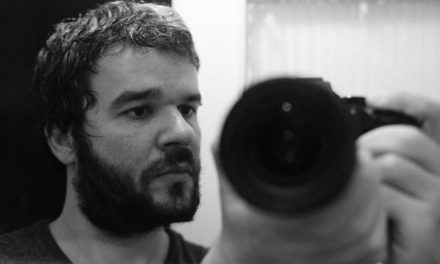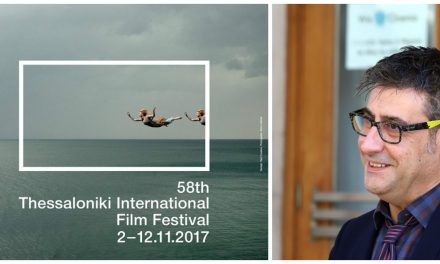The Four Seasons of the Law” by Dimos Avdeliodis, filmed in 1999 and recipient of multiple awards, has been repeatedly voted by Greek film critics as one of the best films of Greek cinema. Set in 1960 on the island of Chios, the story begins after the death of the Tholopotamos’ rural guard and the difficulties in finding his replacement, on account of the unwillingness of other officers to succeed him, which lead to the local council) offering an extra financial motive. When the agronomist Rodokanakis eventually finds four possible candidates for the job, each of them is doomed to fail for a variety of reasons.
Actor, playwright, film and theatre director Avdeliodis was born in 1952, in Chios, Greece. He has directed three highly acclaimed feature films, “The four seasons of the Law” (1999), “I Niki tis Samothrakis” (1990) and “The Tree we Used to Hurt” (1986). Avdeliodis has taught film studies at Panteion University (1993-1998) and has also served as Head of Municipal and Regional Theatre of the North Aegean (1997 – 2000, 2003 – 2010). Through some twenty plays he has directed, he is continuously experimenting with new creative theatrical avenues. He talked to Greek News Agenda* about the film, its style and narration.
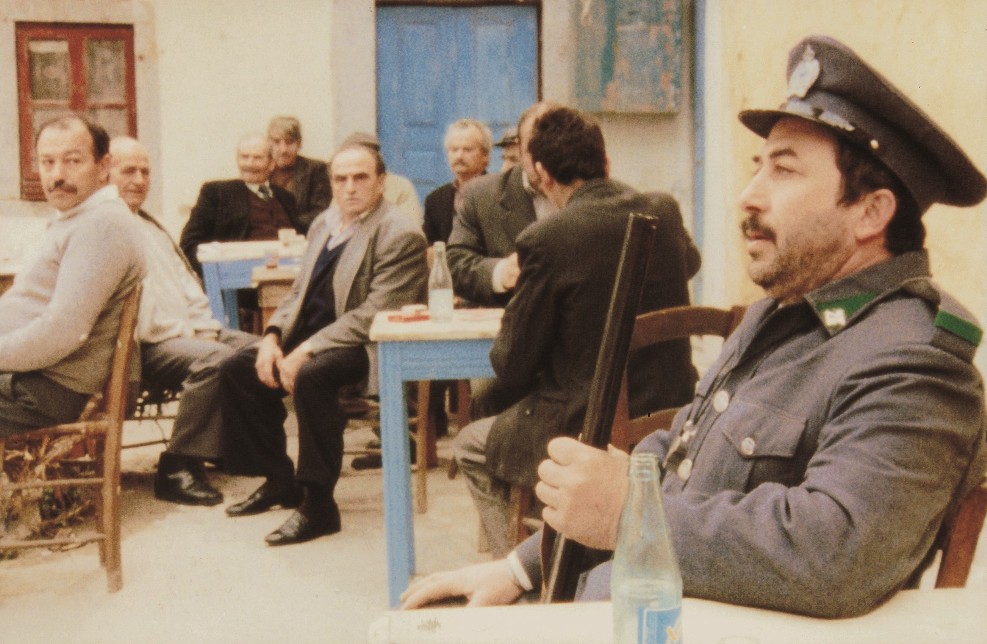 Twenty years after, why do you think “The Four Seasons of the Law” was critically acclaimed?
Twenty years after, why do you think “The Four Seasons of the Law” was critically acclaimed?
It was a film that documented and in a way archived the folk culture of Chios but also Greek folk culture of the ’60s in general. I was born in 1952 and I grew up in Chios during the ’60s, in this folk culture that revolves around nature and the four seasons and has its roots in Homer. The film documents the people’s relationship with and the pleasure they got from nature regardless of the practical difficulties and challenges of that time. It film reflects a playful mood and this was also appealing.
I also believe that the audience liked the story. The film wasn’t a documentary, it was a vivid film based on mythology. Elisso, the running around, female protagonist, which all the agronomists go after but cannot catch, stands for the spring. But she is also the love that people go after, which cannot always be realised. Love is something that can’t be planned and doesn’t occur according to wishes; it just happens. Each rural officer represents a season of the year and the agronomist represents Time. The characters in this film are archetypal and that’s why they are easily identifiable. I have personified all the months in a dream sequence that refers to the “Last Supper” by Leonardo Da Vinci and their supervisor stands for the notion of Time, the notion of God.
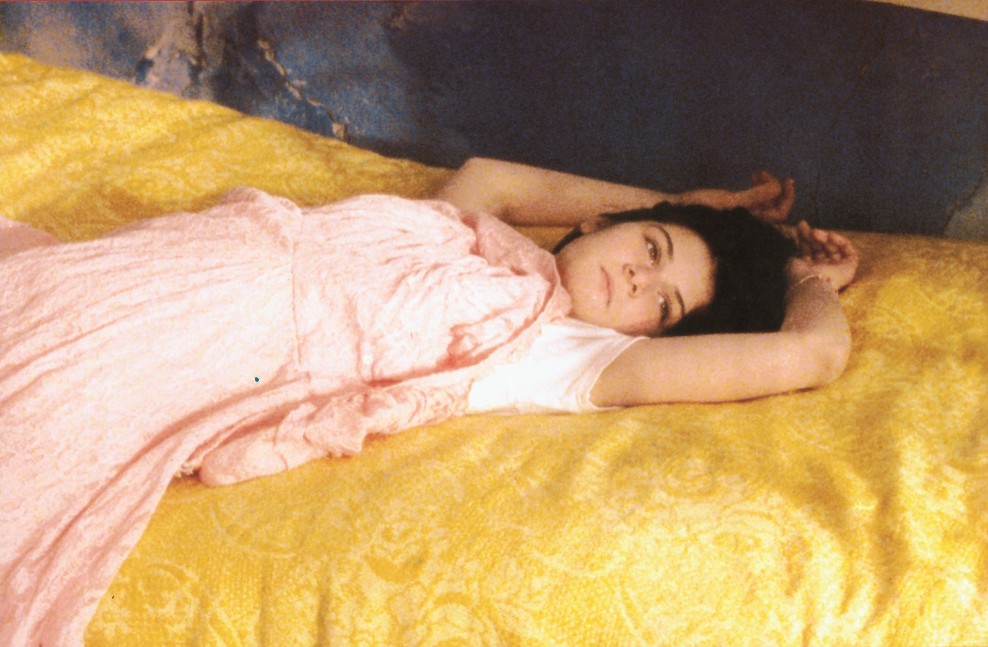 Your female protagonist is an original female character. She is a young and wild at heart girl. Would you like to elaborate?
Your female protagonist is an original female character. She is a young and wild at heart girl. Would you like to elaborate?
This girl for me was Artemis, the goddess of hunting. When Akteon saw her naked bathing, her dogs ate him, because she was sacred and the naked sight of her was forbidden. Something similar happens to one of the guards. It is the punishment for those who desire a girl that is not a woman yet. She is a forbidden area for men, so sexual lust is a sin that will have its nemesis.
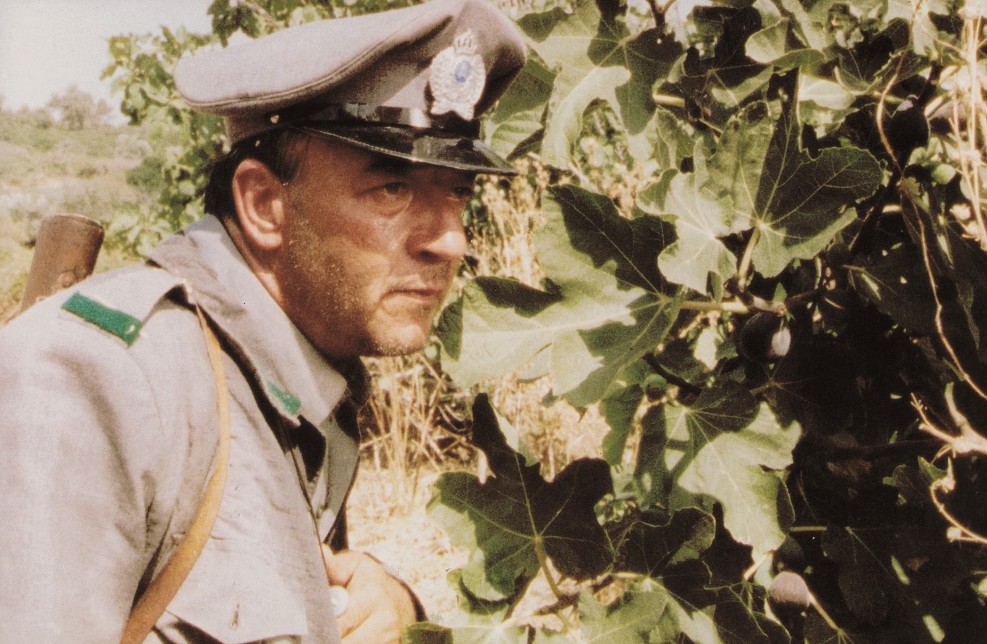
Is it a “pagan” film or is it just my idea?
It has pagan elements that are combined with features of folk culture that coexist harmonically in the film. Greekness is and should be treated as a continuous phenomenon.
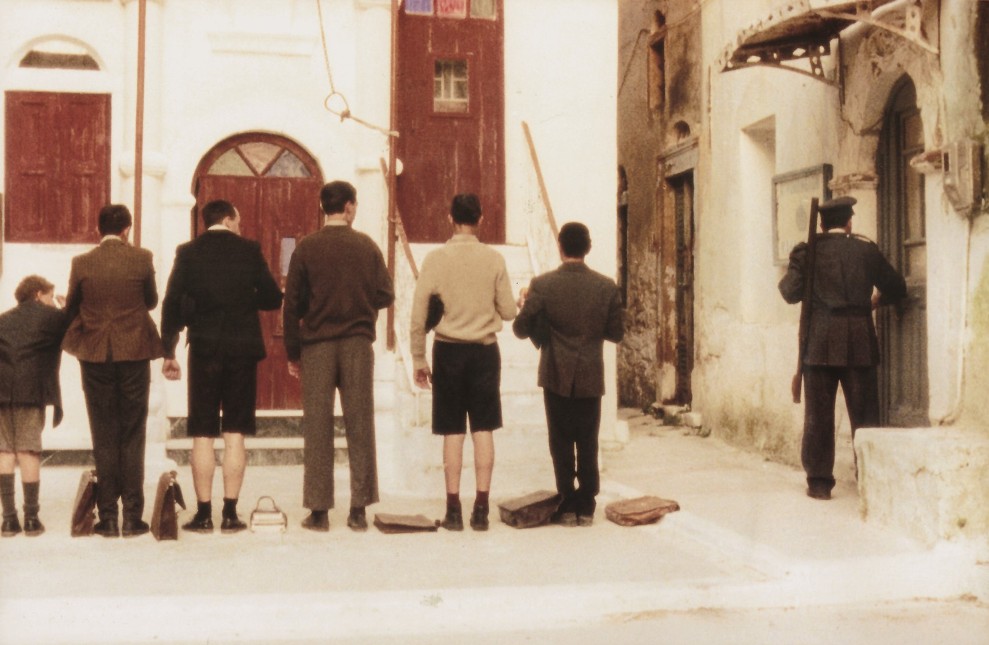 In your portrayal of rural life in Greece in the ’60s, you depict tragic situations in a comic context, as with the case of gamblers. There is a playful atmosphere in the whole film. The villagers are very poor and they steal from each other but the effect is always tongue in cheek. Is the film a political allegory?
In your portrayal of rural life in Greece in the ’60s, you depict tragic situations in a comic context, as with the case of gamblers. There is a playful atmosphere in the whole film. The villagers are very poor and they steal from each other but the effect is always tongue in cheek. Is the film a political allegory?
Ancient drama composes of tragedy, comedy and satirical drama. Satyrical drama, which is present in most of my films and plays, combines tragedy and comedy in the same way life does. As far as political allegory is concerned, an important film critic described it as such in Variety, and although politics were not what I had in mind at the time, he may have had a point.
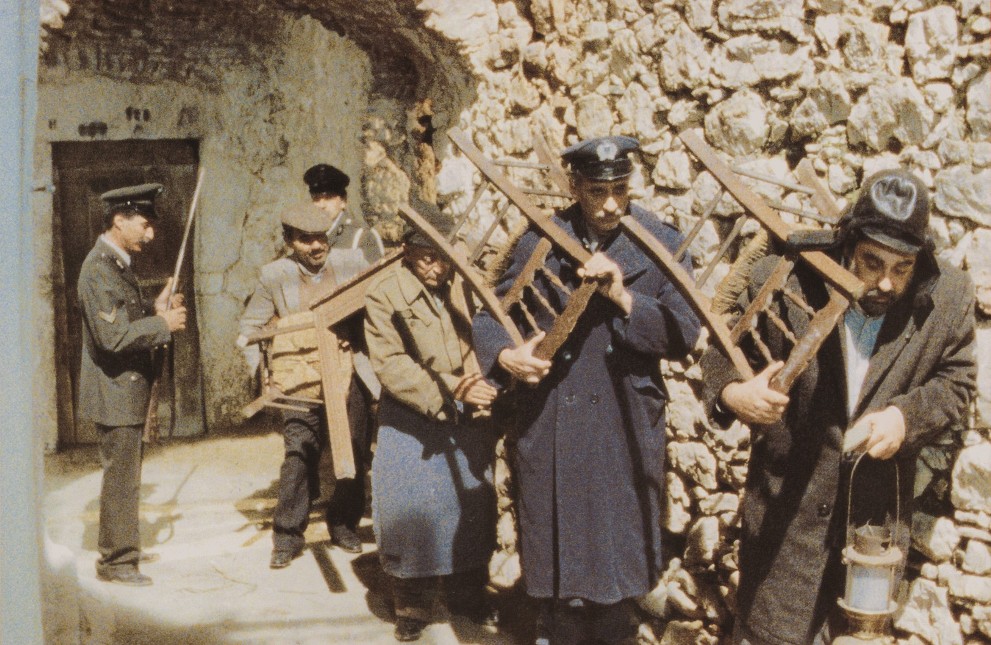
How did you visually work with this film?
I am not interested in the aesthetic, the visual part of the film. I’m interested in setting each film sequence to serve the narration, using a close-up or a long shot, depending on what I want to say. I am also interested in a coherent narration that doesn’t create gaps for the viewer. I like the editing of scenes to be natural, invisible, let’s say. I remember that when I saw Coppola’s “Rumblefish” at the cinema, I was deeply impressed by its form. Some years later, I watched the same film on TV, where all the dramatic contrasts were gone due to the poor analysis the TV screen offered. For me, aesthetics were never the primary concern; it is the script, the narrative that makes a film interesting.
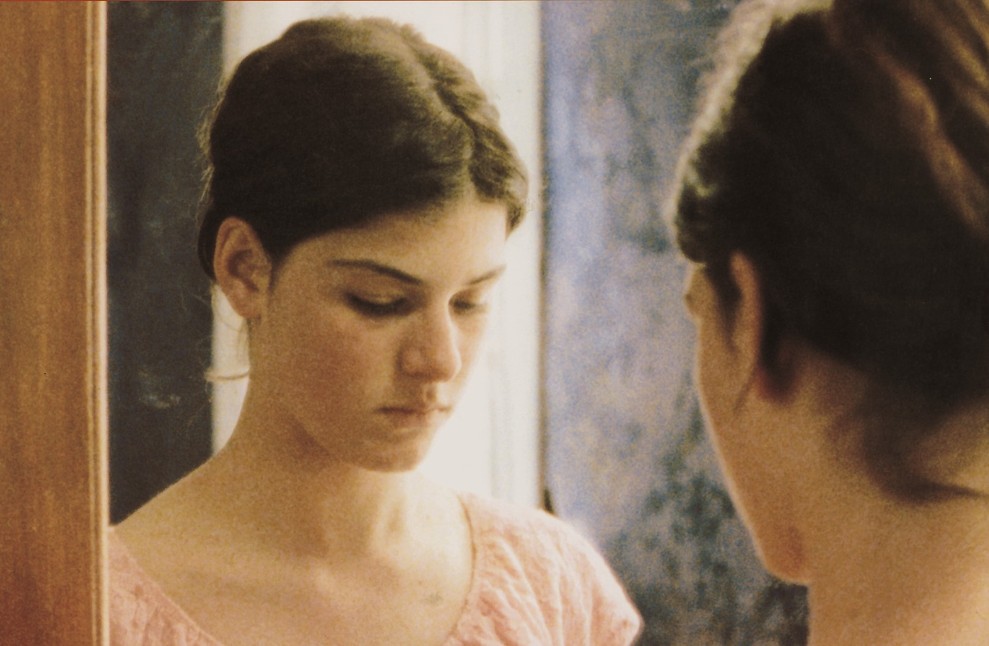 At the same time, “The Four Seasons of the Law” is a Freudian film, in the sense that the two dominant drives are Eros and Death. Everything more or less revolves around the men’s desire for young Elisso; the way you depict erotic desire is very distinct.
At the same time, “The Four Seasons of the Law” is a Freudian film, in the sense that the two dominant drives are Eros and Death. Everything more or less revolves around the men’s desire for young Elisso; the way you depict erotic desire is very distinct.
That is true. I structured the film around the combination of the four seasons with the different ages of the officers. Thus spring is related to the youngest of them, who is about twenty years old. The next one is about thirty-five, the next around forty-five or fifty, while the last one is about sixty-five. That’s what I had in mind when writing the script to show how erotic desire is manifest at different life stages. You will notice that the old officer (winter), the wise one, shows no erotic desire whatsoever towards Elisso; he sees her as a child. All the rest want her, but the only one that stands a chance is the youngest.
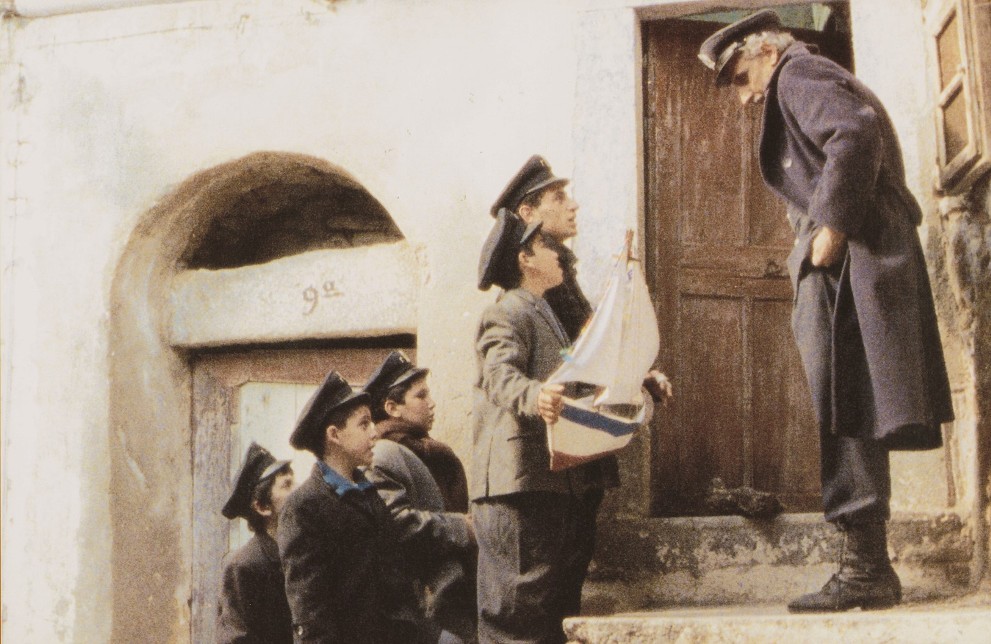 Do you believe that if you made the film today the older officer would still be outside the game of desire?
Do you believe that if you made the film today the older officer would still be outside the game of desire?
In art, you don’t create the way things are, but the way they should be. It’s unreasonable for a sixty-year-old man to think like a twenty-year-old man, unless he has lost his mind, and I don’t have to follow that.
Read also: Variety Review of “The Four Seasons of the Law”, Theatre and film director Dimos Avdeliodis on the quest for happiness through art
* Interview by Florentia Kiortsi

